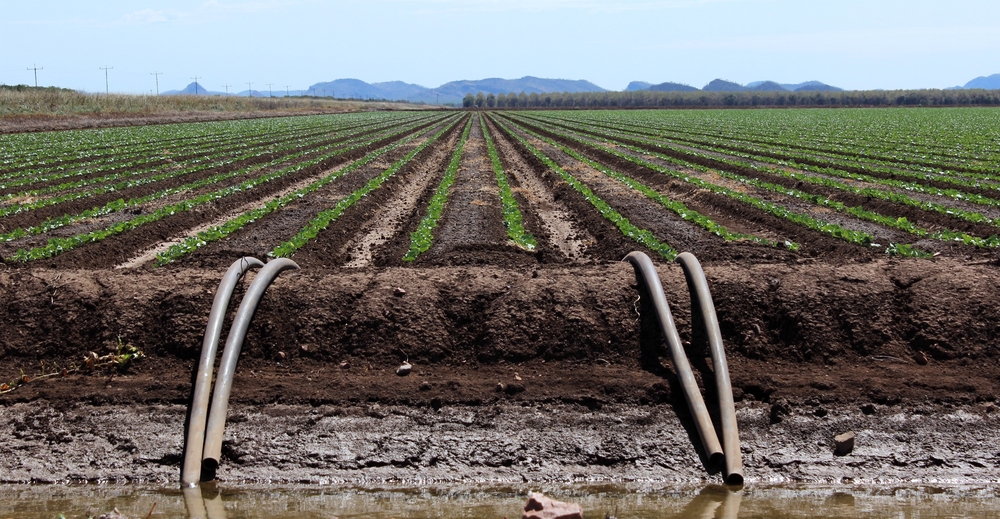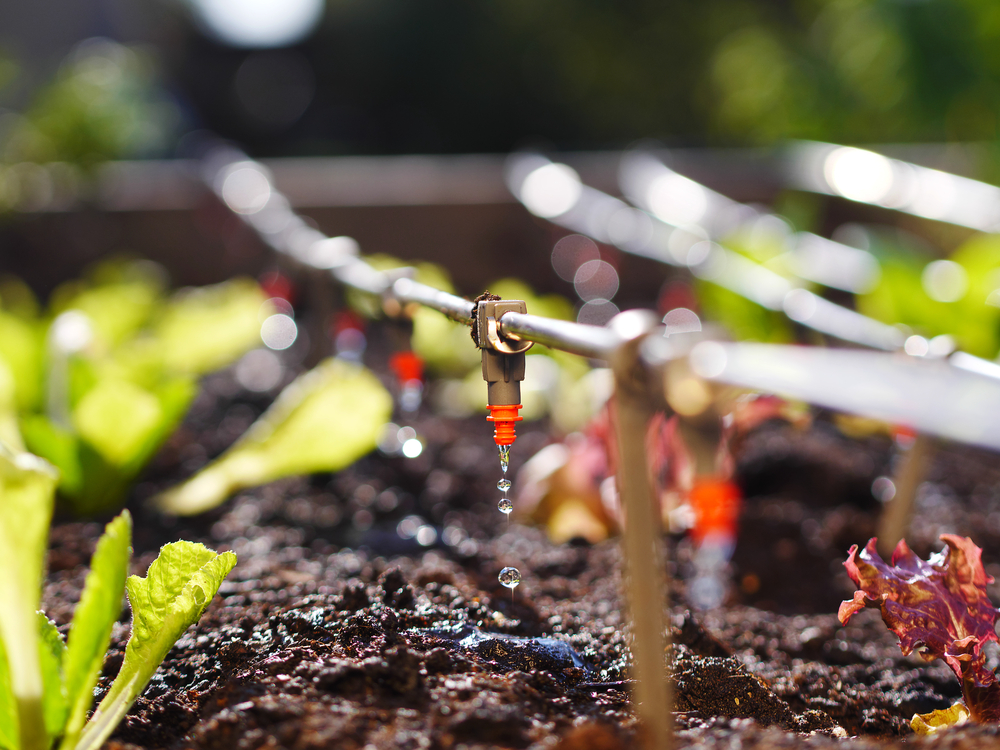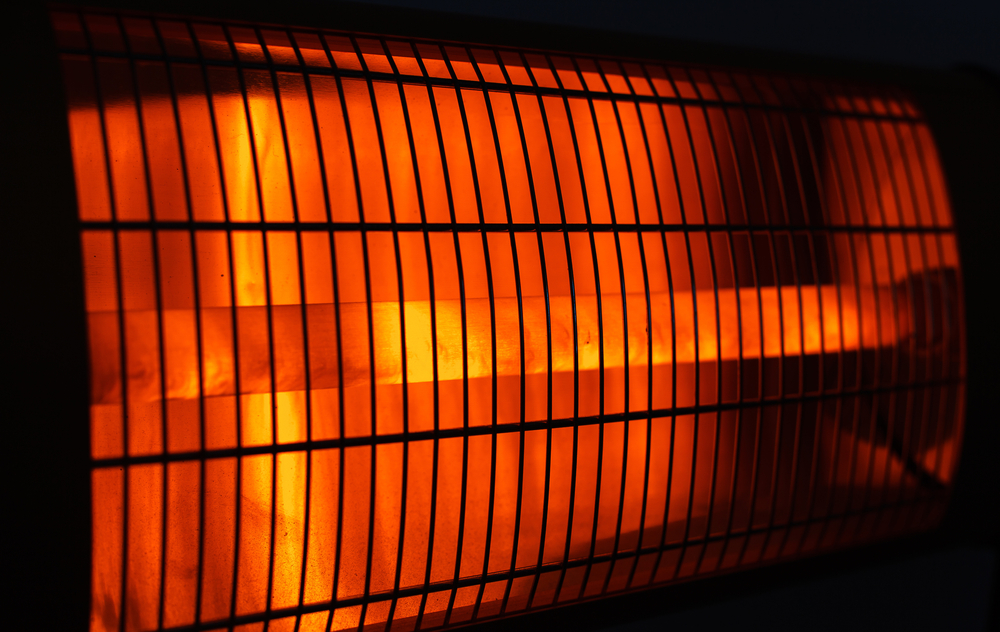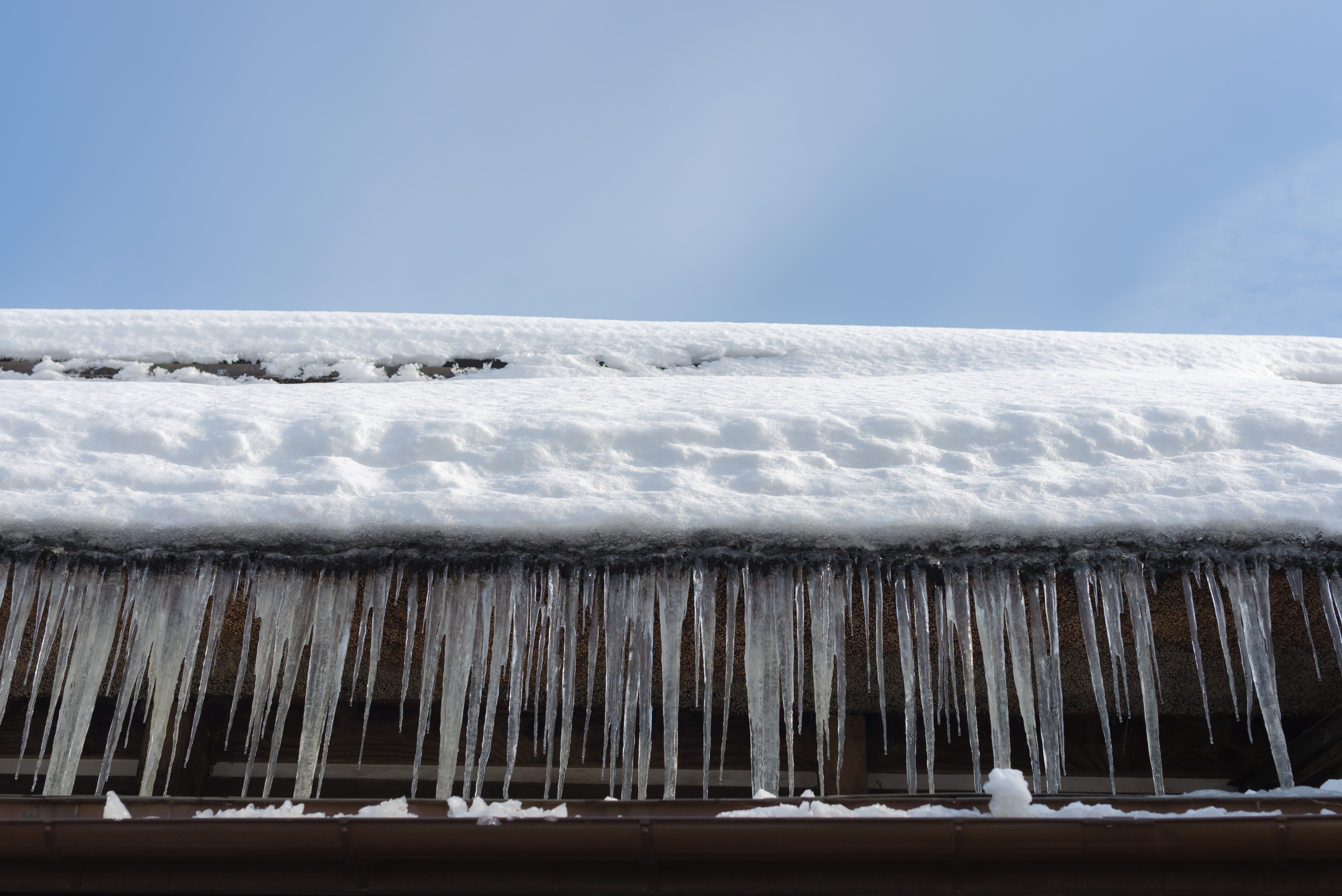For the unfamiliar, agricultural irrigation is the manual application of water to land for the purpose of growing and sustaining crops. What sounds like a simple process is actually bewilderingly complex at times. With climate and crops differing by region, a variety of irrigation techniques have emerged, which, while useful, also serves to complicate matters further. To help you sift through the confusing world of irrigation, we have produced this guide to the most popular, effective and efficient techniques.
Flood irrigation
Flood irrigation is the oldest and most inefficient form of agricultural irrigation. As its name suggests, flood irrigation essentially consists of allowing water to flow freely through a field of crops. Its haphazard application makes it an attractive choice for farmers that are reluctant to splash out on a complicated (and sometimes expensive) delivery system of pipes and pumps, but it also makes it extremely inefficient. Over half of the water intended to nourish crops is actually lost to evaporation, run-off, transpiration and infiltration of unintended areas, making flood irrigation a poor choice for those who are environmentally conscious.
Pressurised irrigation
Unlike flood irrigation, which can occur almost without human intervention, drip and flood irrigation is reliant on an elaborate system that provides them with a supply of pressurised water. Composed of a water source, a pump that is capable of pressurising the water, as well as a means of actually transferring water to the crops; pressurised irrigation systems are far more complex than their flood irrigation counterparts. This complexity allows pressurised systems to be far more efficient and effective, but it also makes them far more likely to break down.
Drip irrigation
Drip irrigation is, by some distance, the most efficient form of agricultural irrigation, but it is also one of the most difficult to maintain. A network of pipes, interwoven with emitters at strategic locations, allow water to be dropped directly onto the root zone of crops with unerring accuracy, so much so, that it can result in a 95% distribution uniformity, which, for the unaware, is a measure of how evenly water soaks into the ground during irrigation.
Sprinkler irrigation
Sprinkler irrigation works in much the same way as drip irrigation does, just in a slightly less efficient manner. Water travels from the source, becomes pressurised thanks to a self-priming pump, and is then distributed across crop fields by a selection of sprinklers. If the sprinklers are positioned optimally, and water is applied in a uniform fashion, sprinkler irrigation can be relatively efficient. What makes sprinkler irrigation less efficient than its pressurised cousin drip irrigation, is that it can be thwarted by adverse weather conditions – even a simple breeze can drastically affect the trajectory of water from sprinklers.





